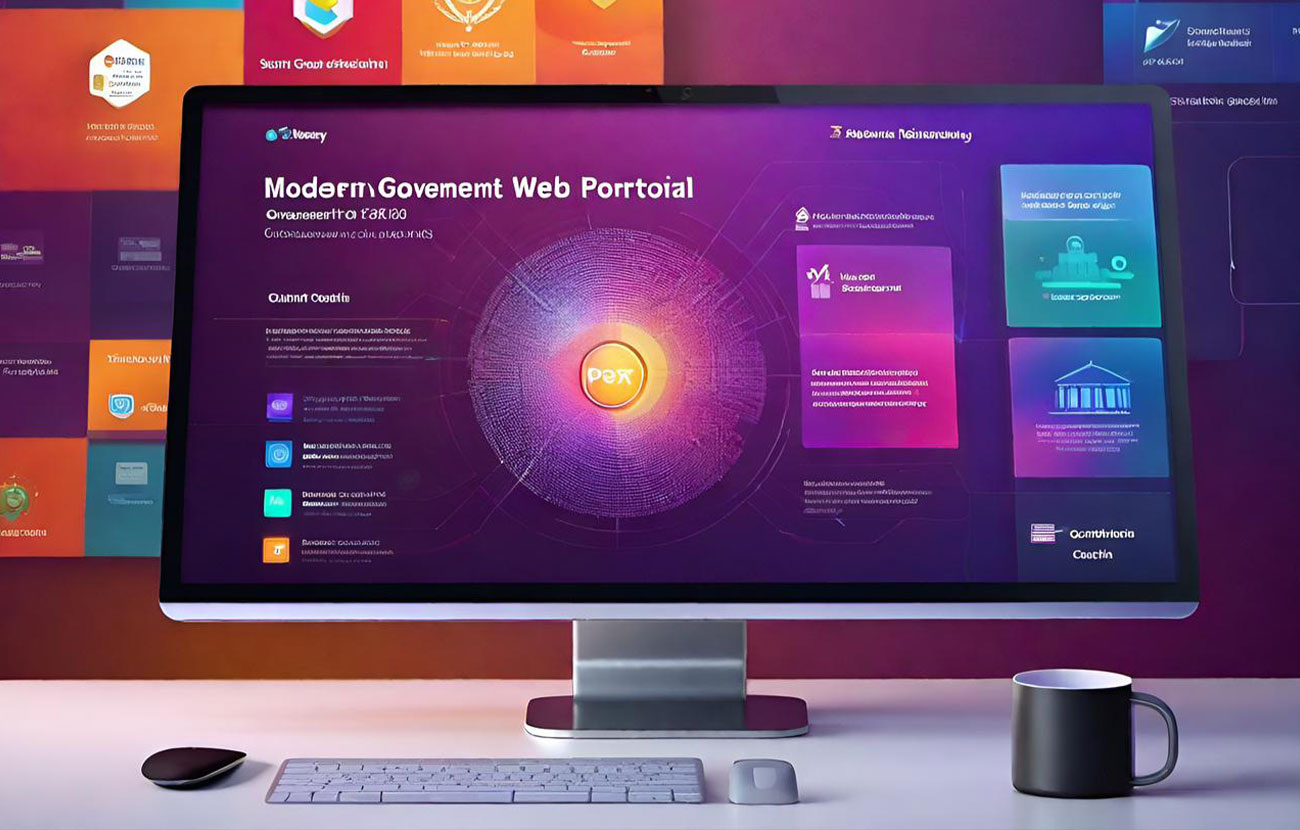Digital Forensics: Uncovering the Truth in a Digital Age

In a world where almost every action we undertake leaves a digital footprint, the realm of digital forensics has never been more significant. This dynamic field combines the rigor of traditional investigative techniques with the precision of technology. As cybercrimes and digital misdemeanors become more prevalent, the demand for skilled digital forensic experts is skyrocketing. But what exactly is digital forensics, and why is it so critical in our current era?
Digital Shadows and Silent Witnesses
Every email sent, website visited, or file shared creates digital traces. These traces, even if deleted or concealed, often remain on devices, waiting to be uncovered by skilled professionals. Digital forensics is all about identifying, preserving, extracting, and documenting these electronic evidences.
The Multi-Faceted Role of Digital Forensics
- Criminal Investigations: In crimes ranging from fraud to terrorism, the digital trail can provide invaluable insights. Sometimes, the decisive evidence in a case isn’t a physical item but a piece of digital data.
- Corporate Audits: Corporations often employ digital forensic experts to detect insider threats, intellectual property theft, or ensure regulatory compliance.
- Litigation Support: In legal battles, electronic evidence can corroborate or refute claims, be it in contract disputes, divorce cases, or intellectual property rights.
Challenges in the Digital Forensic Field
The digital realm is vast, and as technology evolves, so do the challenges:
- Volume of Data: With the proliferation of devices and massive data generation, sifting through vast amounts of information to find relevant evidence can be daunting.
- Encryption: As privacy tools become more sophisticated, decrypting data to access crucial evidence becomes increasingly challenging.
- Ephemeral Data: Some platforms, like certain messaging apps, are designed to delete data after a short period, making retrieval tough.
The Future of Digital Forensics
While challenges abound, advancements in AI and machine learning are proving beneficial for digital forensics. Automated tools can swiftly process vast datasets, identify patterns, and flag potential evidence. As IoT devices become more prevalent, the scope of digital forensics will broaden, encompassing not just computers and smartphones but a myriad of interconnected devices.
Conclusion
In the Digital Age, our stories aren’t just told through words or actions but also through the data we generate. Digital forensics stands at the intersection of technology and justice, ensuring that the digital tales we inadvertently spin do not go unnoticed. As we grow more interconnected, the role of digital forensics in maintaining law, order, and justice will only amplify.




